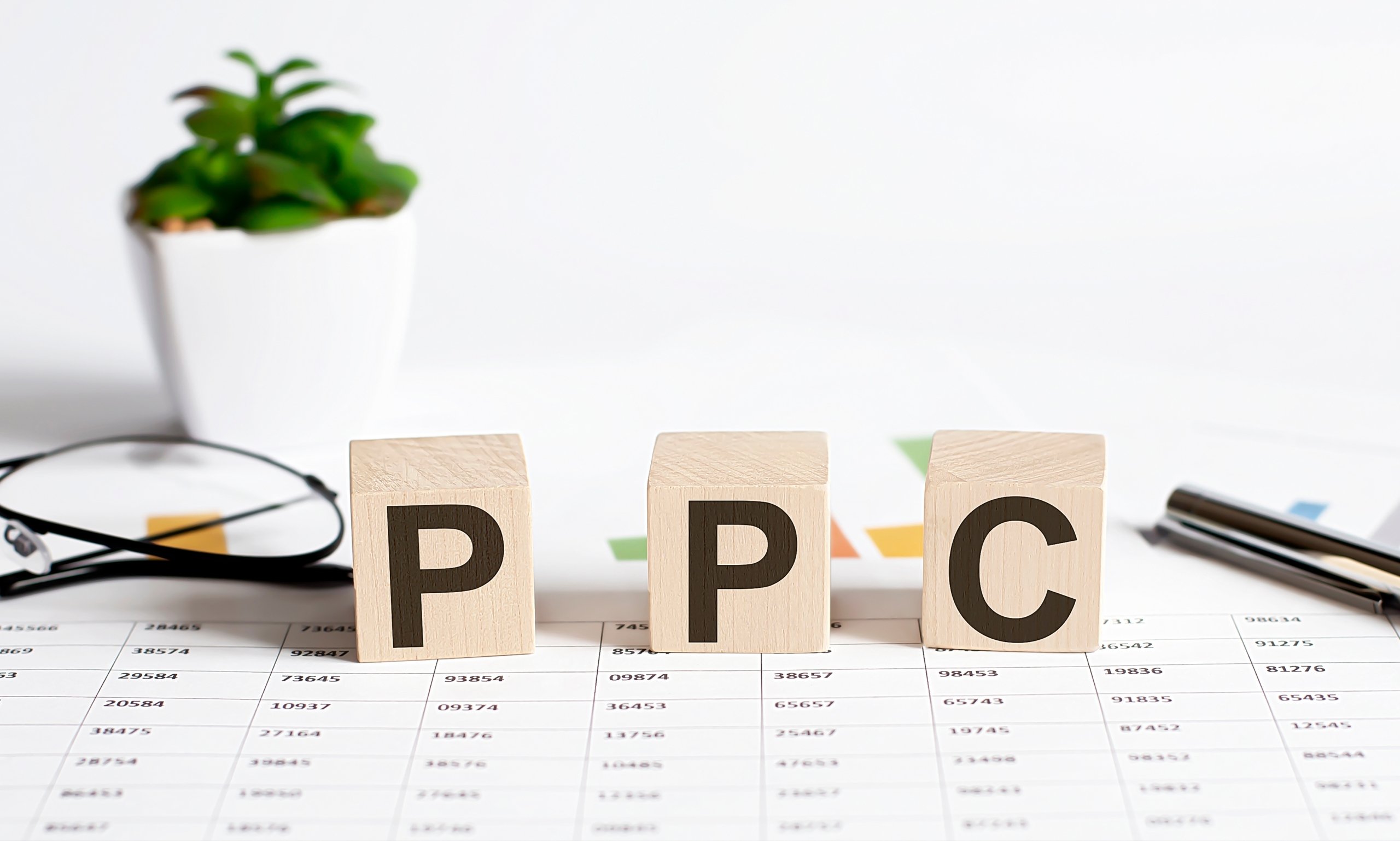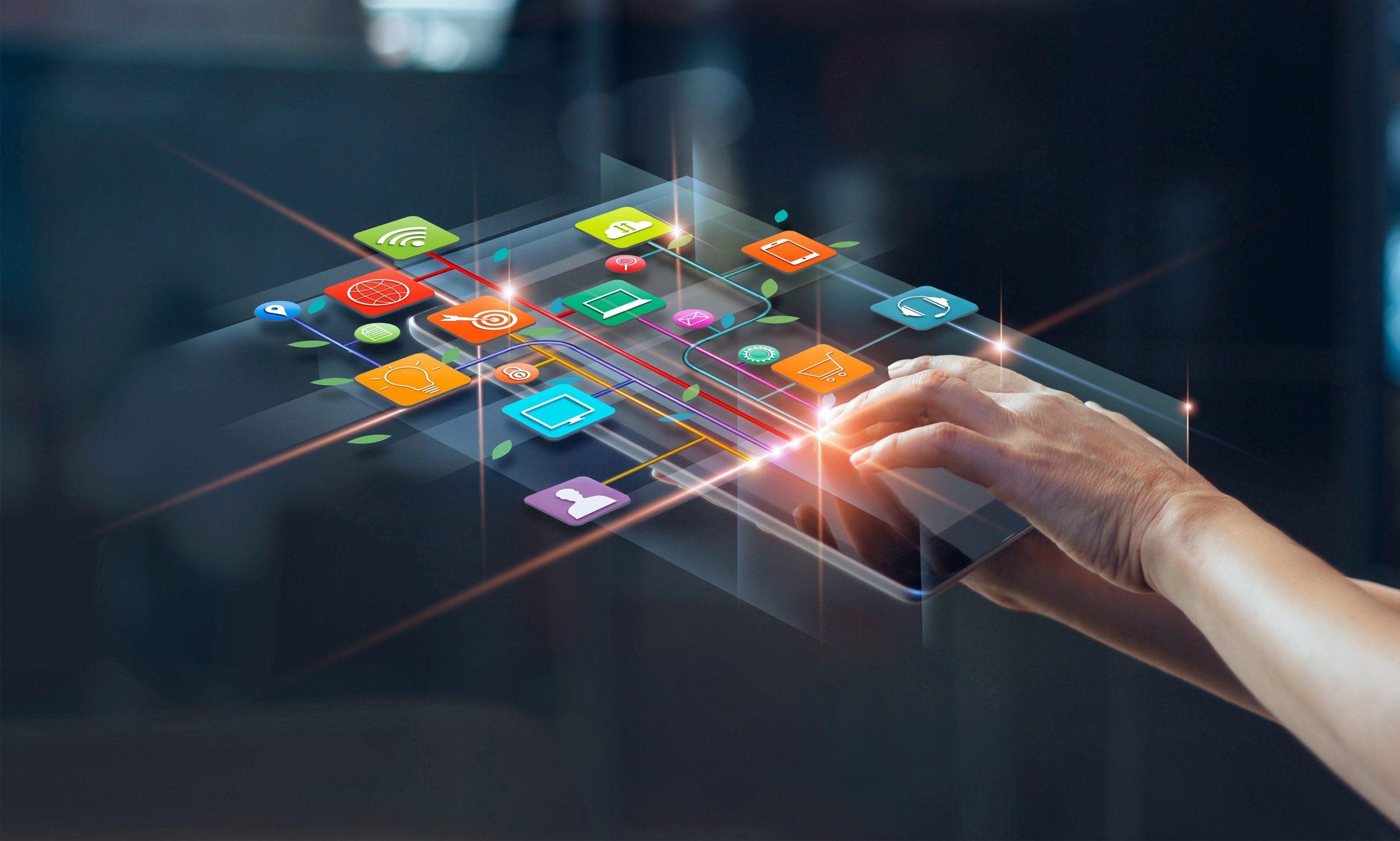The Pay Per Click process is an ever-evolving entity. With new features introduced every day, PPC specialists must stay on top of trends and best practices to stay competitive.
Despite its utmost importance, PPC campaign optimization can be a daunting task. There are a lot of different tactics and strategies you can use to get the most ROI possible. However, that information is scattered throughout the internet, buried in blog posts and social media threads. This article will сondense it all into one organized post of 1010 tricks and tips to help you get the best results from your PPC campaign.
The marketing department of our 3D rendering company is happy to share 10 ways to optimize your PPC campaigns for more conversions, leads, and revenue — just read on for more information!
What is PPC Campaign Optimization?

PPC campaigns are one of the most effective ways to reach your target audience. They can also be a great way to test new products or services, find out what your customers really want, and discover whether there is a market for your product or service before you invest in it.
PPC campaign optimization is the process of analyzing your campaign to find out what’s working best and what needs improvement. It’s important to optimize your PPC campaigns on a regular basis. Not only will this help you improve your performance, but it will also allow you to avoid paying for clicks that don’t lead to conversions.
Some PPC tools can help you optimize your campaigns for maximum impact. There are many factors that go into making a successful campaign but, thankfully, marketers defined some basic rules of thumb that can help you get started on the right foot and avoid common pitfalls.
To help you get started with the basics of PPC campaign optimization, we’ve compiled a list of our favorite tips and tricks for high chances of success:
#1. Define PPC Campaign Goals and Budget

The first step in optimizing your PPC campaigns is understanding what you want them to do for you. Simply put, what is the end goal? Is it increased sales? More traffic? A combination of both? Once you know what you want PPC ads to accomplish, you can start setting measurable goals that will help guide all future optimizations.
Setting your budget correctly will allow you to maximize your exposure without going over budget too quickly or leaving money on the table by not reaching as many people as possible.
#2. Create Bidding Strategies

Bidding allows you to control how much you’re willing to pay for each click that leads to action on your website. You can bid on keys, ad positions, or both. The higher the bid amount, the more likely it is that your ad will appear at the top of an auction-based search results page (SERP) and get clicked on more often than others in its position set.
PPC advertising platforms like Google AdWords allow advertisers to set bids for each key in their account. These bids determine how much advertisers are willing to pay when someone clicks on their ad, and the higher the bid, the more likely it is that an advertiser will win when someone searches for that keyword phrase.
Bidding strategies vary by industry but most advertisers use cost-per-click (CPC) bidding models because they’re easy to manage and scale quickly.
#3. Target the Right Keywords

When it comes to PPC campaign optimization, you can’t afford to ignore the keywords you’re targeting. The right keys will make all the difference between a good campaign and a great one. So how do you find them?
Here are some tips:
- Start by looking at your website’s analytics. You’ll see what keys people are using to get to your site, and which pages they visit once they get there. This will give you an idea of what terms are driving traffic and conversions for your business — so start there!
- Use Google’s keyword suggestions tool. This tool allows you to see what kind of searches people are making that might match up with your company or product. It’s a great way to get ideas for new search terms to target in your PPC campaign.
- Look at competitors’ ad copy, landing pages and other online content on sites like Facebook and Twitter, as well as Google AdWords ads in front of your eyes. This will help you understand what other companies are using and how they’re doing it successfully so that you can emulate their success in your own campaigns.
- Add A Negative Keyword To Reduce Costs. Negative keys help you avoid irrelevant traffic from showing up in your account and costing you money without converting it into sales or leads. You can also use negative keywords to reduce cost per click (CPC) by lowering bids for low-quality traffic and increasing bids for high-quality traffic that converts well.
#4. Get The Best Quality Score

Your Quality Score (QS) is one of the most important metrics when it comes to PPC advertising. It’s based on how relevant your keywords and ads are to what people search for on Google, and it determines how much you’ll pay for clicks on your ad.
How to Improve Your Google Ads Quality Score
Quality Score is a great way to ensure you are paying the lowest possible price for your ads. But what does Google consider when calculating your Quality Score?
The two main factors that affect your Quality Score are ad relevance and landing page experience.
Ad Relevance: Your ads should be relevant to the keyword they are being shown for. If they aren’t relevant, it will negatively impact your Quality Score because Google doesn’t want to show irrelevant ads.
Landing Page Experience: This refers to the user experience once they click on an ad and arrive at your website. For example, if a user finds a particular ad interesting and clicks on it, but then arrives at a page that isn’t relevant or helpful in any way, they might leave quickly without buying anything or even clicking another ad on that page!
Clickthrough rate (CTR): If people click on your ad after being presented with it, this shows that they were interested in what you’re offering. This is also known as conversion rate optimization (CRO).
#5. Create Different / Multiple Ad Groups

PPC campaign optimization is made up of different ad groups. The purpose of ad groups is to make it easier for you to manage your PPC campaign. When you create a new ad group, you can assign separate ads, different keywords, and bids to it.
When you’re only starting with PPC campaigns, it’s best to start with a single ad group that contains all of your keywords. This way, you can get an idea of the performance of each key in terms of cost per click (CPC) and conversion rate before deciding which ones are working best and should be kept in the campaign, or whether any should be removed altogether.
As your campaign grows over time, however, this approach becomes harder to manage because there will be so many keywords in one ad group that it becomes confusing and difficult to keep track of everything.
The next step is to create more ad groups based on different types of keyword combinations or specific industries/niches if possible (e.g., “SEO Agency Melbourne”). This lets you optimize each ad group for its specific audience so that you don’t have to waste time optimizing the same key combinations across multiple ad groups.
#6. Optimize Landing Pages and Sales Funnel

PPC campaigns are only as good as their landing pages. If the landing page doesn’t match the ad, you’re going to lose money. That’s why it’s important to optimize your landing pages and sales funnel for PPC campaigns.
Here are some tips:
- Make sure your landing pages are relevant to the keys you’re bidding on.
- Use dynamic keyword insertion (DKI) when possible. This allows you to use key variations in your ads and landing pages, which makes them more relevant and compelling to users.
- Make sure that every page on your site links backs up to the homepage. There should be no dead ends or loops in your sales funnel; everything should flow seamlessly from one page to another.
PPC Campaign Optimization By Device
A mobile-friendly website is an essential part of any online marketing strategy. The good news is that optimizing your website for mobile devices isn’t difficult; all you need to do is make sure that your landing pages and sales funnel are mobile-friendly, so users won’t be frustrated during their visit or struggle with navigation.
PPC Campaign Optimization for Local Searches
Local searches are a great way to expand your business’s reach and bring in new customers. If you sell products or services that people need on a local basis — then you should definitely consider adding local keywords to your campaign.
#7. Write Effective Ad Copy

The most important factor in PPC advertising is the ad copy. This is the text that will appear next to your ads in search results and on social media. That’sThat’s what attracts users’ attention, so it needs to be compelling, relevant, and well-written.
Here are some tips:
- Make sure your headlines are clear, concise, and relevant.
- Include your target keys at least once in each headline, but don’t overdo it (no more than two times).
- Make sure all headlines have a call-to-action (such as “click here”) so people know what to do next after reading them. If there’s no call-to-action in the headline, there should be one somewhere else in the ad copy — usually below the headline or above the description line (if there is one).
#8. Select The Ad Extensions

Ad extensions are a great way to improve your PPC campaigns. By adding these to your ads, you can provide more information to potential customers and make your ads more relevant. Use ad extensions to boost CTRs and improve your ad’s visibility.
Call Extensions
Call extensions are a great way to enhance your PPC campaigns. It allows you to give more information about your business and direct potential customers to call you immediately.
Sitelink Extensions
Sitelink extensions allow you to add additional links within your ad that can either be related to the main one or another product in your store. This will help increase CTRs and make your ads more relevant to potential customers.
Display URL Extensions
Display URL extensions allow you to showcase different URLs within a single ad unit, which generally results in higher CTRs than regular text ads.
Structured Snippet Extensions
Structured snippet extensions allow you to provide more information about products or services within your ad by including bullet points, images, videos, etc. This is especially useful if you’re selling multiple items from one product page because it allows users to quickly scan through all of them without having to click through individual pages on their browsers.
#9. Create Effective Ads with CGI Solutions

One of the best ways to optimize your PPC campaigns is by creating effective ads. Effective ads are visually appealing and easy to understand.
Ads can be created using a variety of methods, including text, images, and videos. CGI, which stands for computer-generated images, is a new way to create innovative, engaging ads that capture attention and drive results.
Interactive 3D product advertising is a great way to get your message out there. You can use CGI solutions for PPC campaign optimization with an interactive digital experience. Such visuals allow customers to see products from all angles in real-time on their screens and even interact with them by rotating them or zooming in on certain features of the product! To learn more about this tool, check out our article on 3D product advertisement’s 5 most effective ideas for promo campaigns!
#10. Test, Monitor Results, & Continuously Re-Evaluate PPC Campaigns Performance

The only way to know for sure if your PPC campaign is optimized is to test it. You can test your campaign by creating different ad groups and testing different ad copy and keys. Once you’ve launched your campaign, you need to monitor your results. You can do this by using the Google AdWords Keyword Performance Report, for example.
Once your PPC campaign is up and running, it is important to monitor and evaluate it. Monitoring your PPC campaign will help you identify potential problems and optimize your campaigns accordingly.
Once you’ve found some winning combinations of keywords/bids/ad copy/landing pages, you’ll need to keep monitoring the performance of these ads over time so they don’t get stale and start costing more than they make.
If you notice that one or more of your ads starts losing their effectiveness over time, pause it and replace it with another variation. This way you can keep your budget under control while still getting the most out of every dollar spent on paid search advertising.
By following these simple tips and tricks, your PPC campaign optimization will yield the highest ROI possible. Our experience in visual marketing will help you create a unique, engaging campaign that will get your message across effectively. We provide 3D modeling and rendering services ranging from product visualization to animation. Contact us now or book a demo!


Leave a Reply
Want to join the discussion?Feel free to contribute!